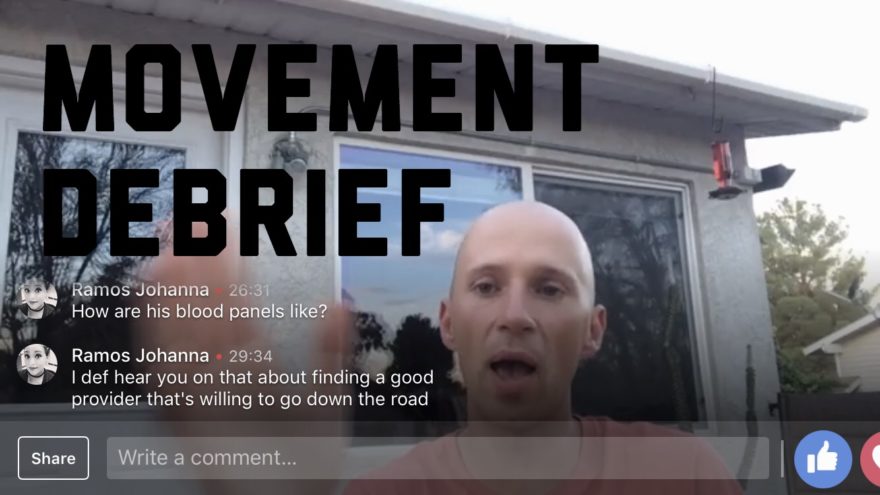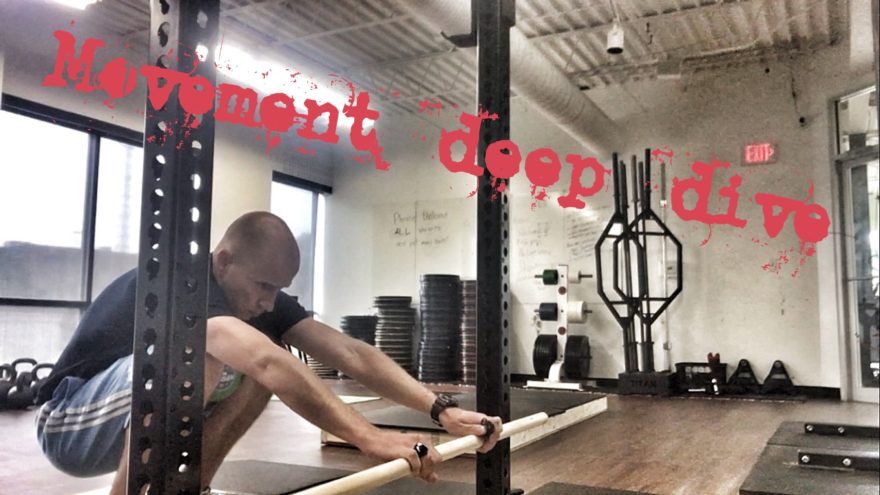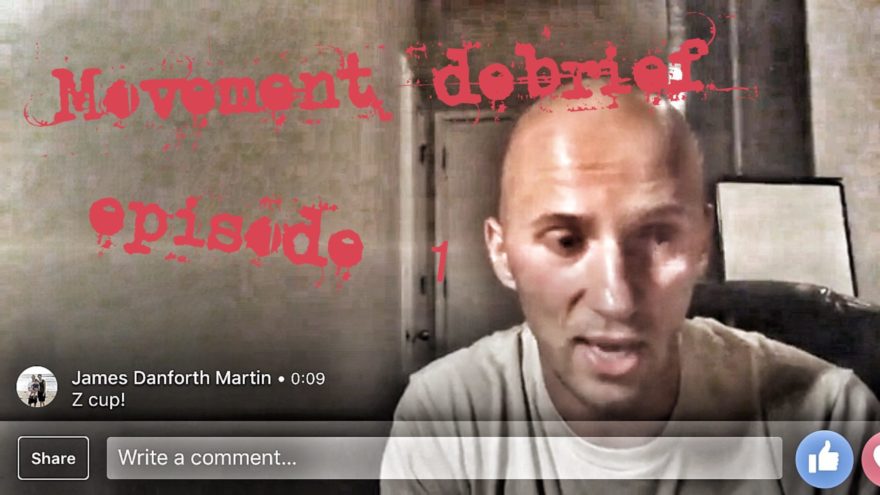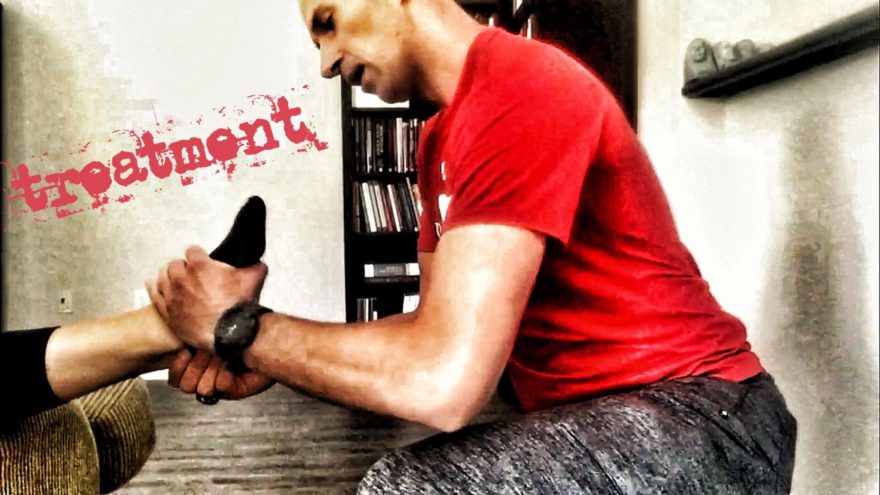Tag: Postural restoration institute
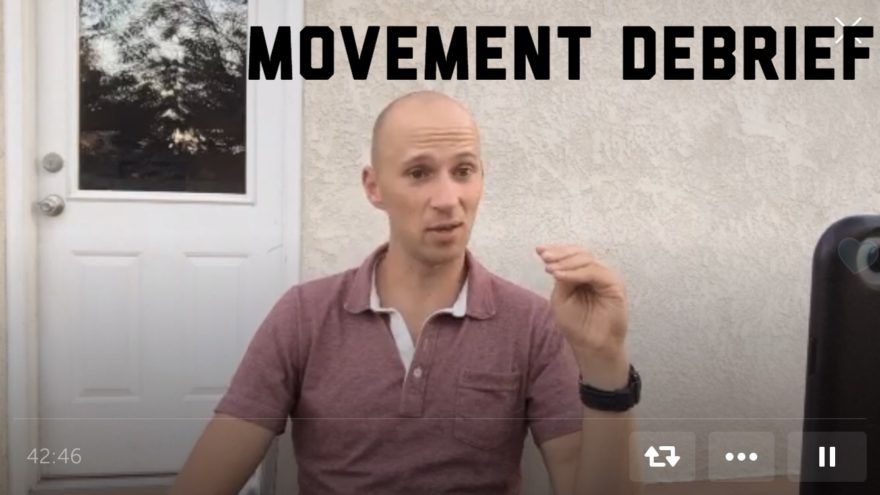
Death of Vertical Tibia, Usain Bolt, Complex Patients, and More – Movement Debrief Episode 13
Movement Debrief Episode 13 yesterday involved quite a few rants. Must’ve been the ketones talking. Here’s what we talked about:…
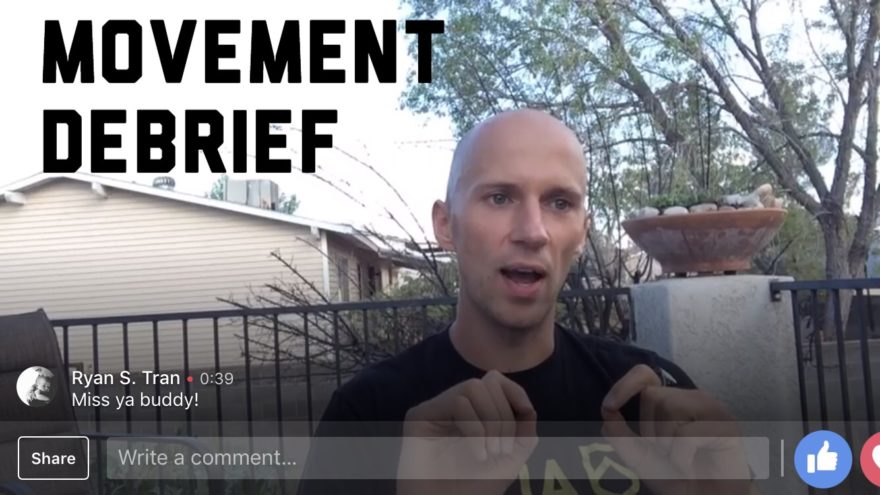
Lat Stretch Arm Position, Exercise Programming, and Staying Neutral? – Movement Debrief Episode 10
Episode 10 of the Movement Debrief, we went straight up q&a from readers. It was a lot of fun and…
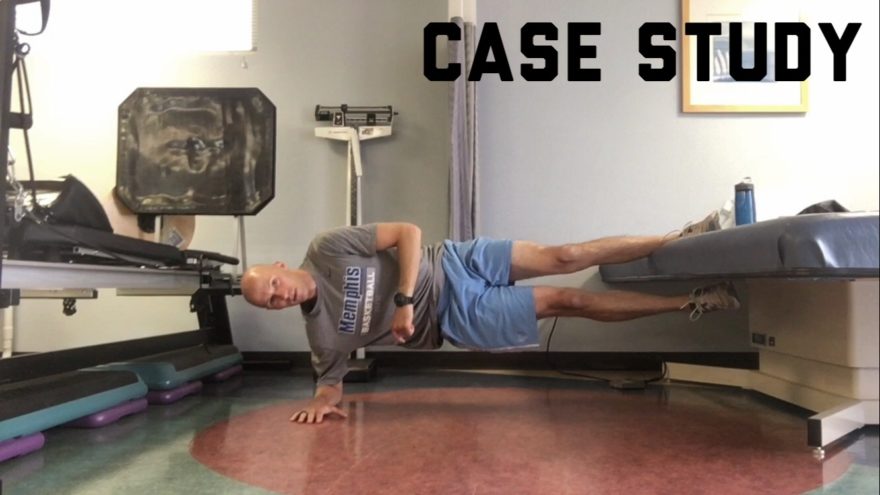
How to Treat Pain with Sitting – A Case Study
Case studies are much more valuable than many give credit for. It is this type of study that can often…
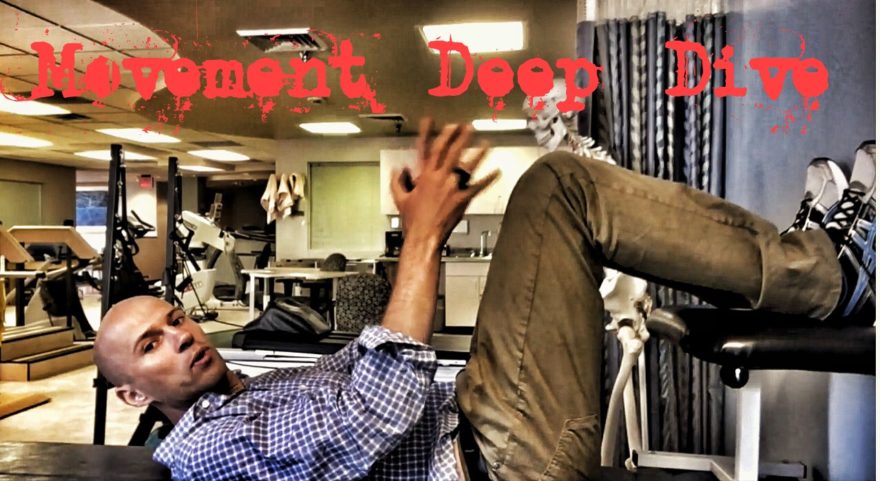
90/90 Hip Lift – A Movement Deep Dive
The Fundamental Rehab Technique It’s a classic that does so much more than the naked eye can see. This round…
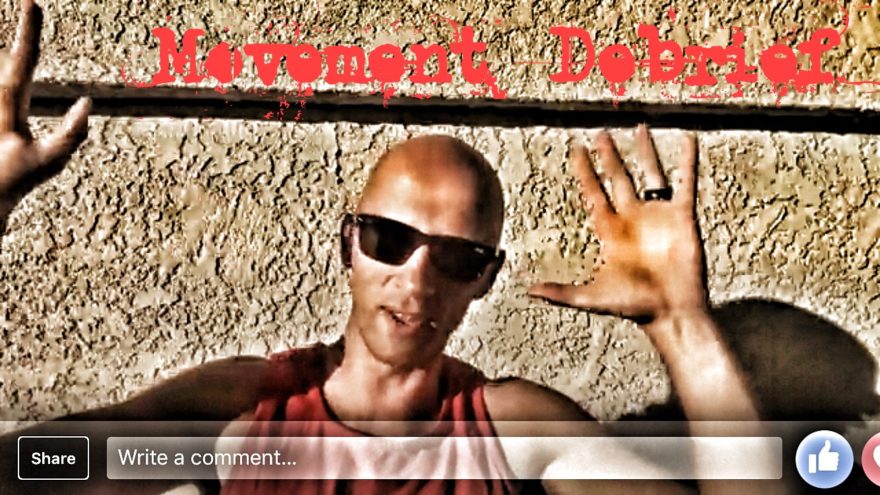
Hamstrings and the ACL, Explaining Hip Range of Motion, & Meeting the Patient’s Needs – Movement Debrief Episode 4
If you missed me live, you can check out Episode 4 of Movement Debrief below. We hit a small technical…
Course Notes: PRI Postural Visual Integration: The 2nd Viewing
Would You Look at That It was a little over a year ago that I took PRI vision and was…
Course Notes: Cantrell’s Impingement and Instability, 2015 Edition
Third Time’s a Charm A trip home and hearing Mike Cantrell preach the good PRI word? I was sold. Impingement…
Manual Therapy Musings
When I think About You… Prompted by some mentee questions and blog comments, I wondered where manual therapy fits in…
Course Notes: PRI Cervical Revolution REMIX
Note: I made some errors on the first rendition of this blog that were corrected after speaking with Eric Oetter.…
Course Notes: PRI Interdisciplinary Integration 2015
A Stellar Symposium Back in April I had the pleasure of finally attending PRI’s annual symposium, and what an excellent…
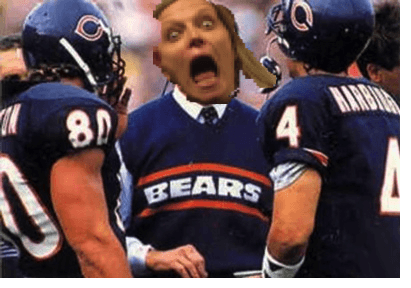
Course Notes: Pelvis Restoration Reflections
Pelvises Were Restored It was another great PRI weekend and I was fortunate enough to host the hilarious Lori Thomsen…

